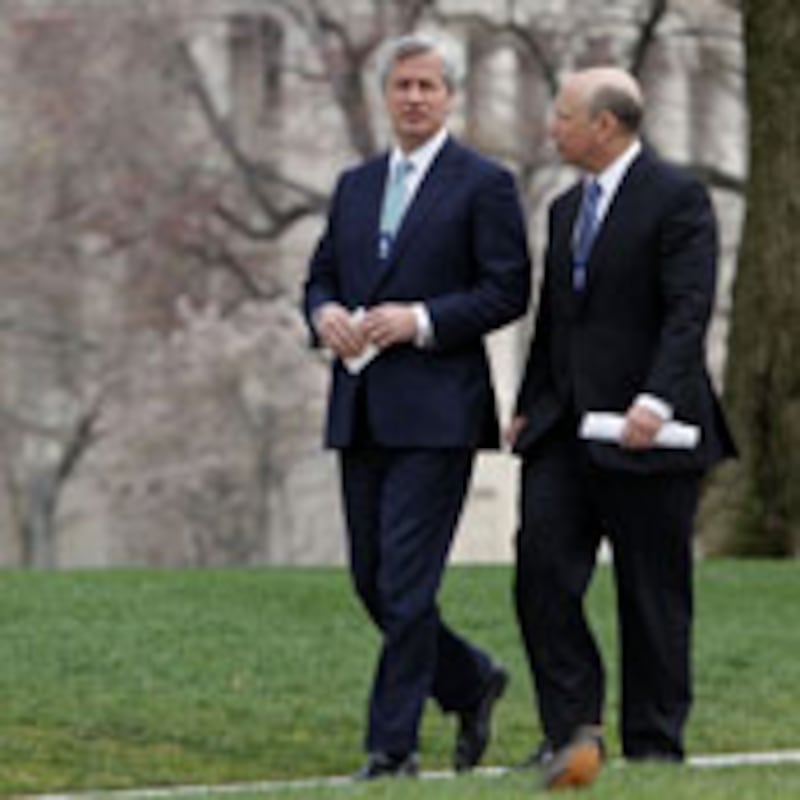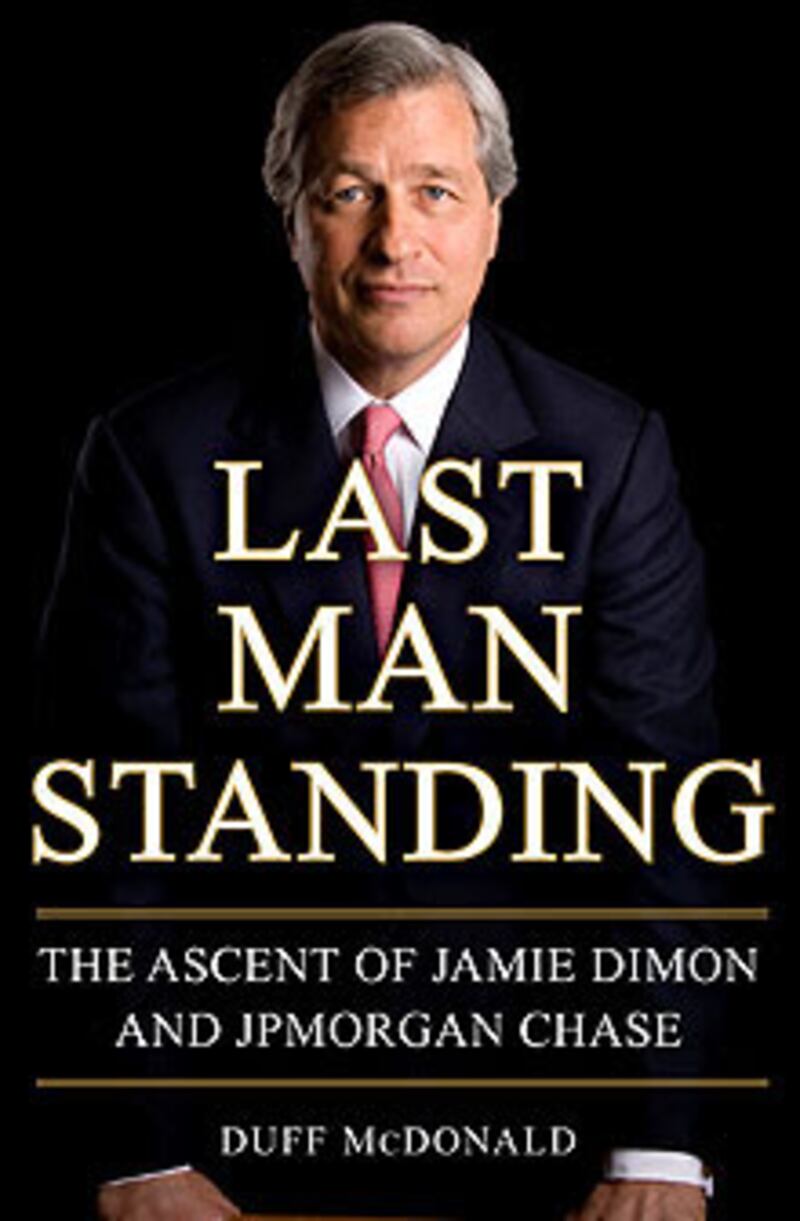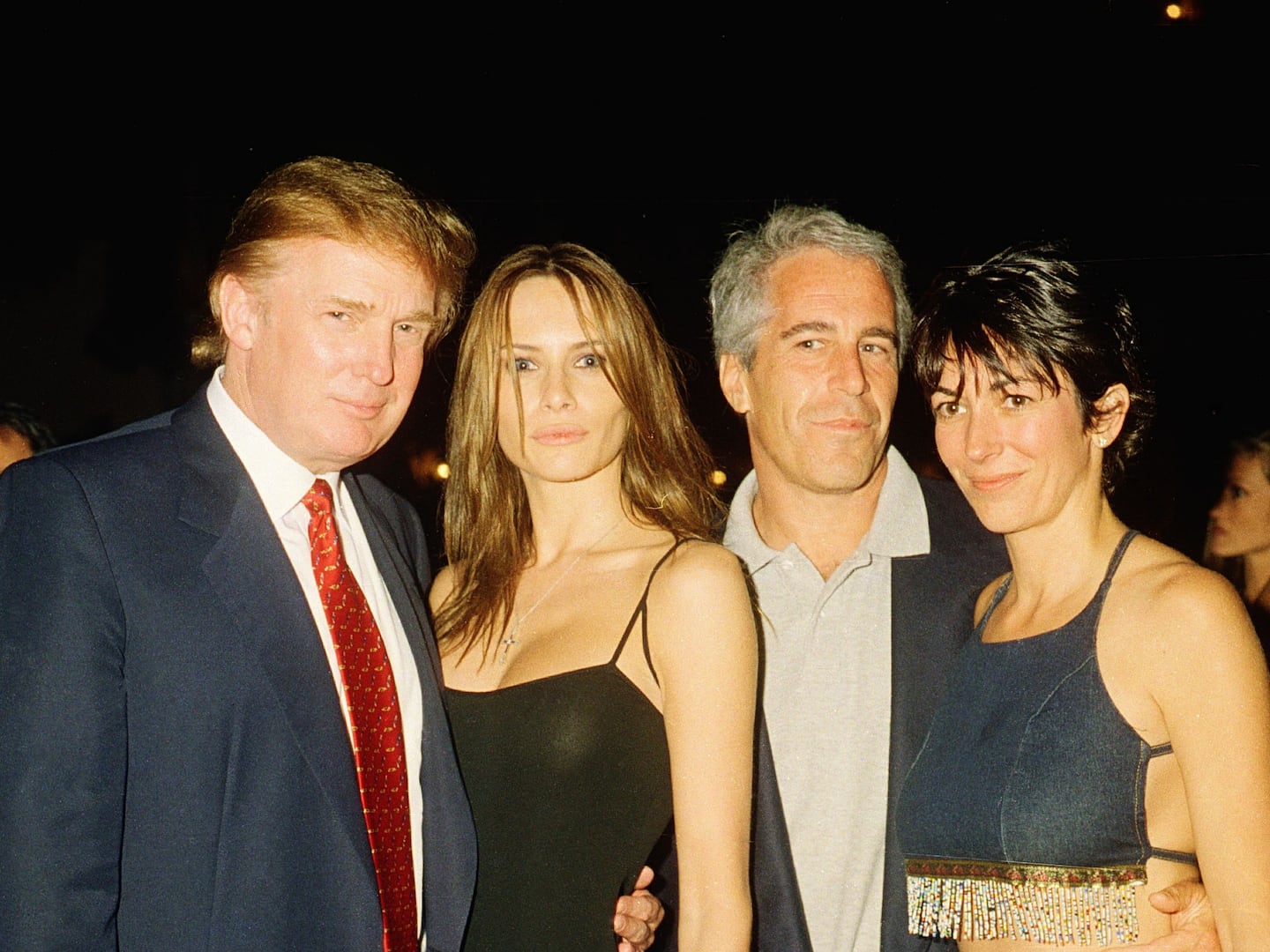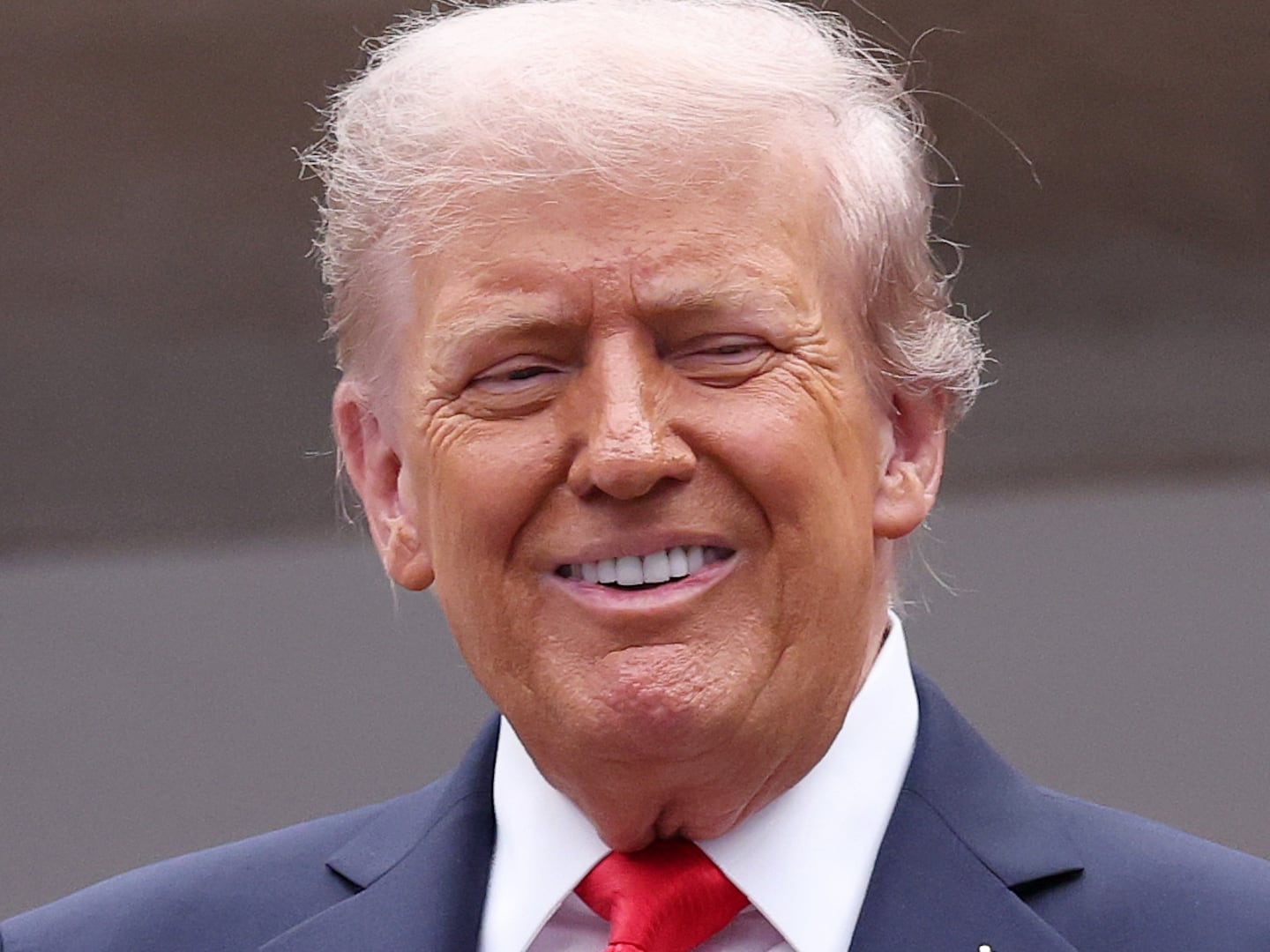
The purchase of the assets and deposits of Seattle-based Washington Mutual—WaMu—in September 2008 was about as perfect a “Jamie Dimon acquisition” as one could imagine. WaMu, which called itself “the bank of everyday people” and had the tagline “Whoo-Hoo!” had seen three straight quarters of losses totaling $6.1 billion and in mid-September fell victim to a good old-fashioned run on the bank. In swooping in to pick up its assets, Dimon showed all the traits investors had come to expect from him: patience (the swooping came after more than a year of stalking the firm), speed, ruthlessness, and a bon mot or two.
“What became clear to anybody in finance in 2008 was that JPMorgan Chase was now the dominant financial institution,” says Marc Lasry of Avenue Capital, a hedge fund.
Well before Bear Stearns came along, Dimon and his team had been eyeing WaMu and coveting its footprint in both California and Florida, two states where Chase’s presence was negligible. (On Dimon’s one-pager of potential acquisitions, WaMu sat in the upper left-hand quadrant—a desirable target that had a strong strategic fit, if it could be picked off at the right price.) The retail chief, Charlie Scharf, had put together a report (“Project West”) on a possible combination ahead of a management retreat in the spring of 2007. “We always looked at it and we always came up with the same conclusion,” Scharf told The New York Times. “At the right price, this is No. 1. At the wrong price, this could be terrible.”
WaMu ultimately spurned a $7 billion offer—roughly $8 per share—from JPMorgan Chase in early April in favor of a capital infusion from a consortium of private-equity firms, most notably Texas Pacific Group, which put in $2 billion. There’s also the issue of regulators’ own self-interest. The weakest portion of a patchwork quilt of regulation, the Office of Thrift Supervision had seen two of the biggest thrifts crater in the past year—Countrywide and IndyMac—and if WaMu went away as well, there might be no more need at all for the government branch. What regulator would regulate itself out of existence?
By September, WaMu was at the top of every regulator’s list of disasters waiting to happen. If the company had gone into receivership with no buyer, it would have swallowed up about half of the FDIC’s funds for insured deposits.
On September 8, ratings agencies downgraded WaMu’s debt rating and sent its stock plummeting. [CEO Kerry] Killinger—who had been at the company since 1983—was fired by his board. But it was too late to try such a cosmetic fix. Depositors began withdrawing their savings en masse. In 10 days, they withdrew $16.7 billion.
After the market closed on Thursday, the OTS and FDIC announced that WaMu was being seized in the largest bank failure in U.S. history, and its assets were being sold to JPMorgan Chase. (WaMu had $307 billion in assets. The runner-up, Continental Illinois, which failed in 1984, had just $40 billion.) At 9 p.m., Dimon, [Chief Financial Officer Michael] Cavanagh, and Scharf held a conference call and took analysts through a 21-page summary of the deal. Fifteen minutes later, Dimon sent an email to the entire staff of WaMu, welcoming them into the JPMorgan Chase fold. Around midnight, Scharf boarded a jet for a flight to Seattle and a 7 a.m. meeting with WaMu’s new CEO, Alan Fishman. (One of his messages: You’re out of a job.)

The deal boosted JPMorgan Chase into first place in nationwide deposits, with $911 billion to Citigroup’s $804 billion and Bank of America’s $785 billion, and made it the second-largest bank in terms of assets, with $2.04 trillion to Citigroup’s $2.1 trillion. (At the end of the first quarter of 2009, JPMorgan Chase was still the second-largest bank, with $2.1 trillion in assets to Bank of America’s $2.3 trillion, with Citi slipping into third place.) The purchase also gave the company a foothold in both California (691 branches versus just three pre-deal) and Florida (274 and 13, respectively), and a total of more than 5,000 branches nationwide. What’s more, there were cross-selling opportunities, as WaMu had never been big in either wealth management or commercial banking, and JPMorgan Chase could integrate those offerings into its new branches. (History showed any optimism to be well placed. After acquiring the branches of Bank of New York, Chase retail bankers boosted in-branch credit-card sales 20-fold and investment sales by 40 percent.)
The cost was a mere $1.9 billion plus $31 billion in writedowns against estimated future losses in WaMu’s loan portfolio. (The April prediction of $30 billion in losses, in other words, had been dead-on.) JPMorgan Chase’s employee roster jumped from 195,000 to 238,000.
The New York Daily News encapsulated the reaction to the deal with the headline “JPMorgan CEO Jamie Dimon Eats Banks for Breakfast.” The New York Times went with “1-800-CALL-DIMON.”
“What became clear to anybody in finance in 2008 was that JPMorgan Chase was now the dominant financial institution,” says Marc Lasry of Avenue Capital, a hedge fund. “We’re trying to do more business with them, because when you have more power, they can get more things done. They’re in a position now where they can choose who they want to do business with.”
The cold-blooded competitor in Dimon then made an appearance. “Bear was never a home run, but WaMu will prove to be a great thing for the company over the long run. Will we be able to say that three years from now? At that point, you might very well be asking me, ‘How could you have done that in the midst of all those things that were going on?’ And I’m going to look at you and say, ‘Take your bets, friend. Take your bets.’ ”
Excerpted from Last Man Standing: The Ascent of Jamie Dimon and JPMorgan Chase, by Duff McDonald, published this month by Simon & Schuster.
Plus: Check out Book Beast, for more news on hot titles and authors and excerpts from the latest books.
Duff McDonald is a contributing editor at New York magazine and a former contributing editor at Condé Nast Portfolio.






